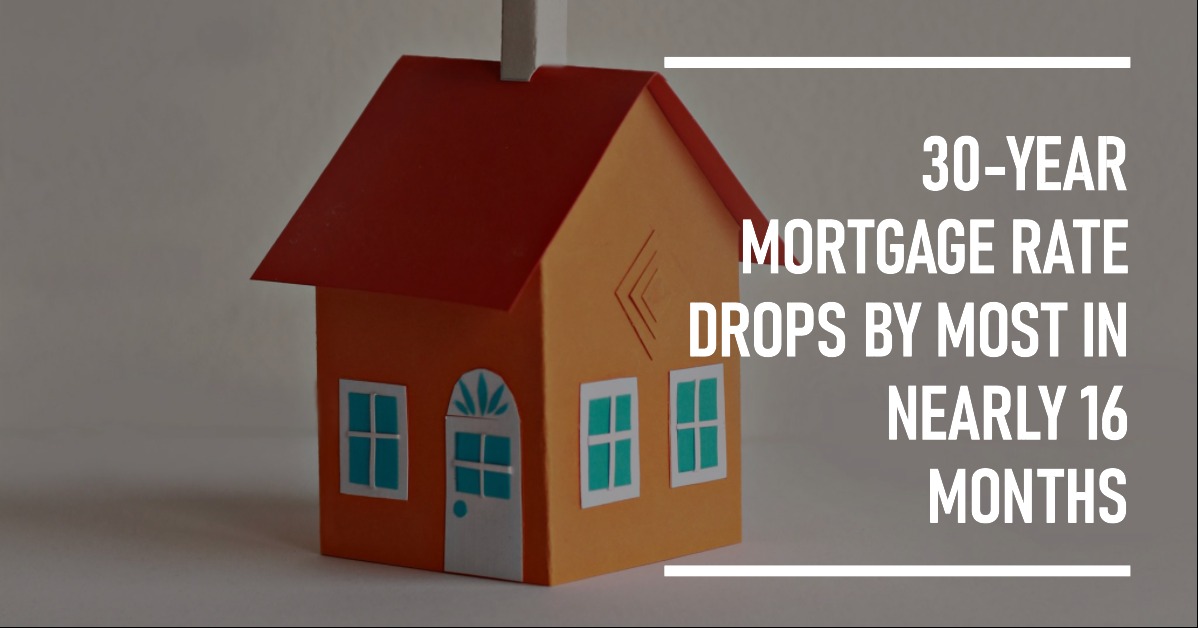
In a significant turn of events, the 30-year mortgage rate in the United States has experienced its most substantial drop in nearly 16 months. This surprising development comes on the heels of a Treasury market rally, which led to a remarkable decline in the benchmark yields responsible for determining home loan costs.
According to the Mortgage Bankers Association (MBA), the average contract rate for a 30-year fixed-rate mortgage plummeted by a quarter percentage point to 7.61% during the week ending on November 3. This marks the lowest rate observed in approximately a month and stands as the most significant weekly rate drop since late July 2022.
The consecutive weekly decline has effectively lowered the borrowing costs associated with home purchases. This comes after a period where rates had surged to two-decade highs, hovering around 8% in October. These soaring rates were a direct result of increasing yields on the 10-year Treasury note, serving as the benchmark for U.S. home loan rates.
However, the scenario took a dramatic turn last week when the U.S. Treasury announced that upcoming debt issuance would be less than initially expected. Simultaneously, the Federal Reserve decided to keep its key overnight policy rate unchanged for the second consecutive meeting. These factors triggered a notable reversal in the yields, leading to the drop in mortgage rates.
Joel Kan, the MBA's vice president and deputy chief economist, commented on these developments, stating, “Last week's decrease in rates was driven by the U.S. Treasury's issuance update, the Fed striking a dovish tone in the November FOMC (Federal Open Market Committee) statement, and data indicating a slower job market.”
The MBA's mortgage market composite index, which measures the volume of mortgage applications for both home purchases and refinancing of existing loans, rose by 2.5% compared to the previous week, reaching a level of 165.9.
While purchase applications increased by 3% during the week, they are still lagging significantly behind figures from a year ago, currently standing 20% lower. This suggests that potential homebuyers are remaining cautious and waiting on the sidelines, despite the decline in rates. Meanwhile, sellers who have locked in lower mortgage rates continue to hold onto their properties, which is contributing to the ongoing shortage of available homes in the housing market.
The sudden and substantial drop in the 30-year mortgage rate, driven by various economic factors, has created new opportunities for potential homebuyers. However, despite this significant rate reduction, buyers remain cautious, leading to a noticeable disparity between purchase applications and the previous year's figures. This situation has also contributed to a shortage of homes in the market.

